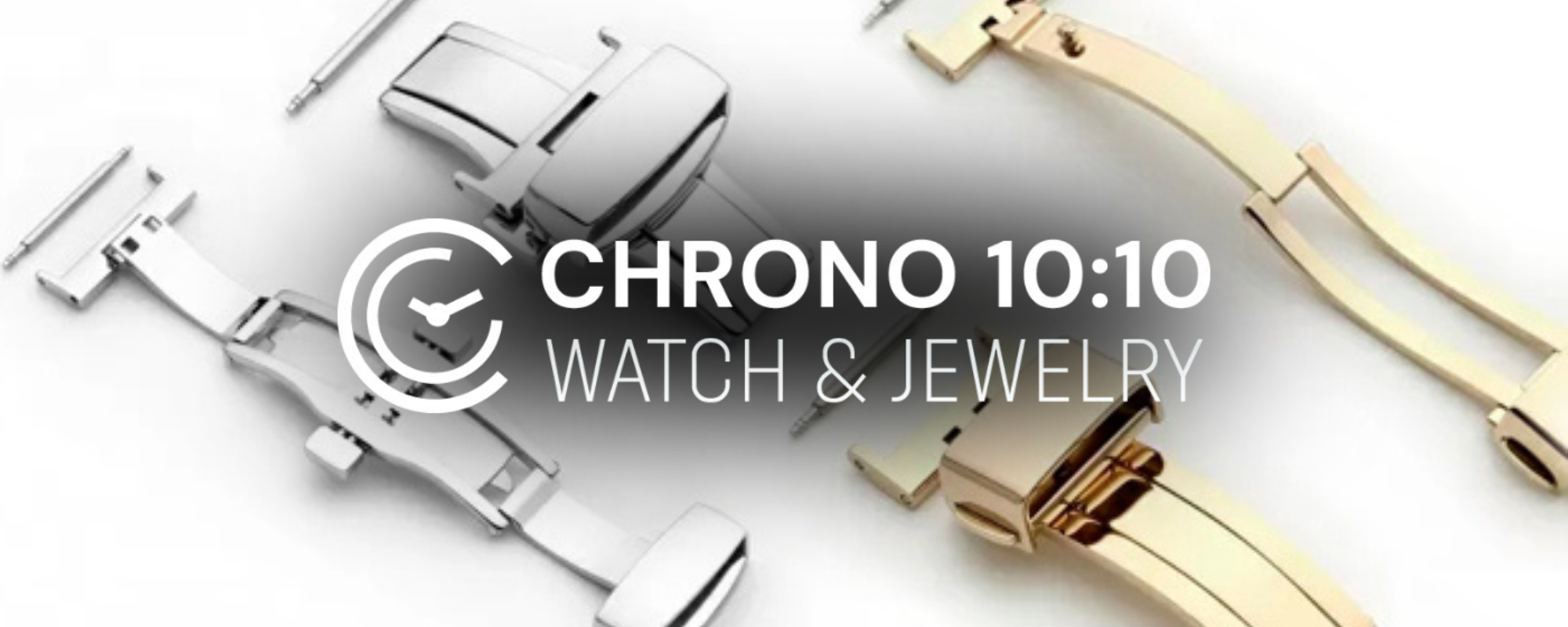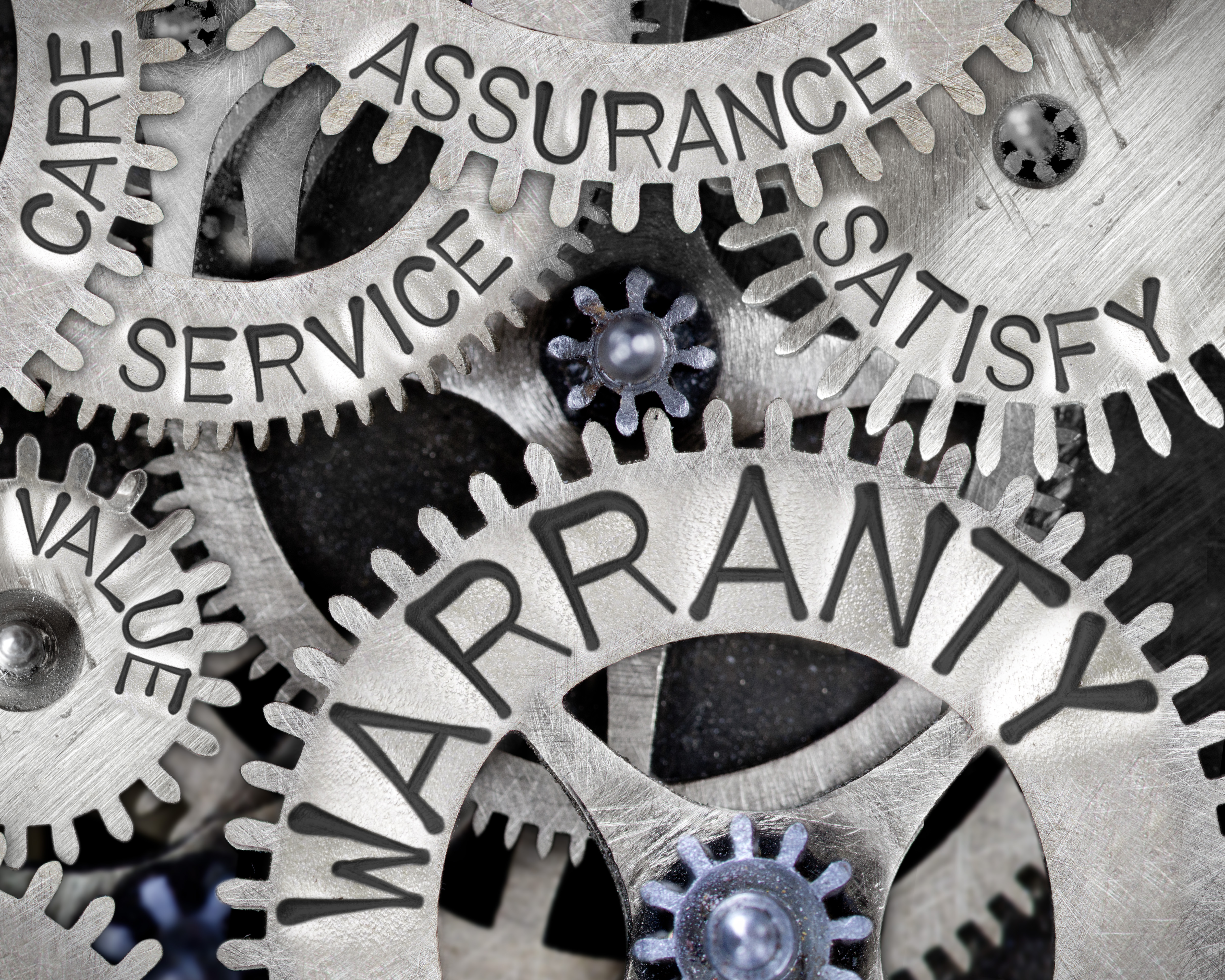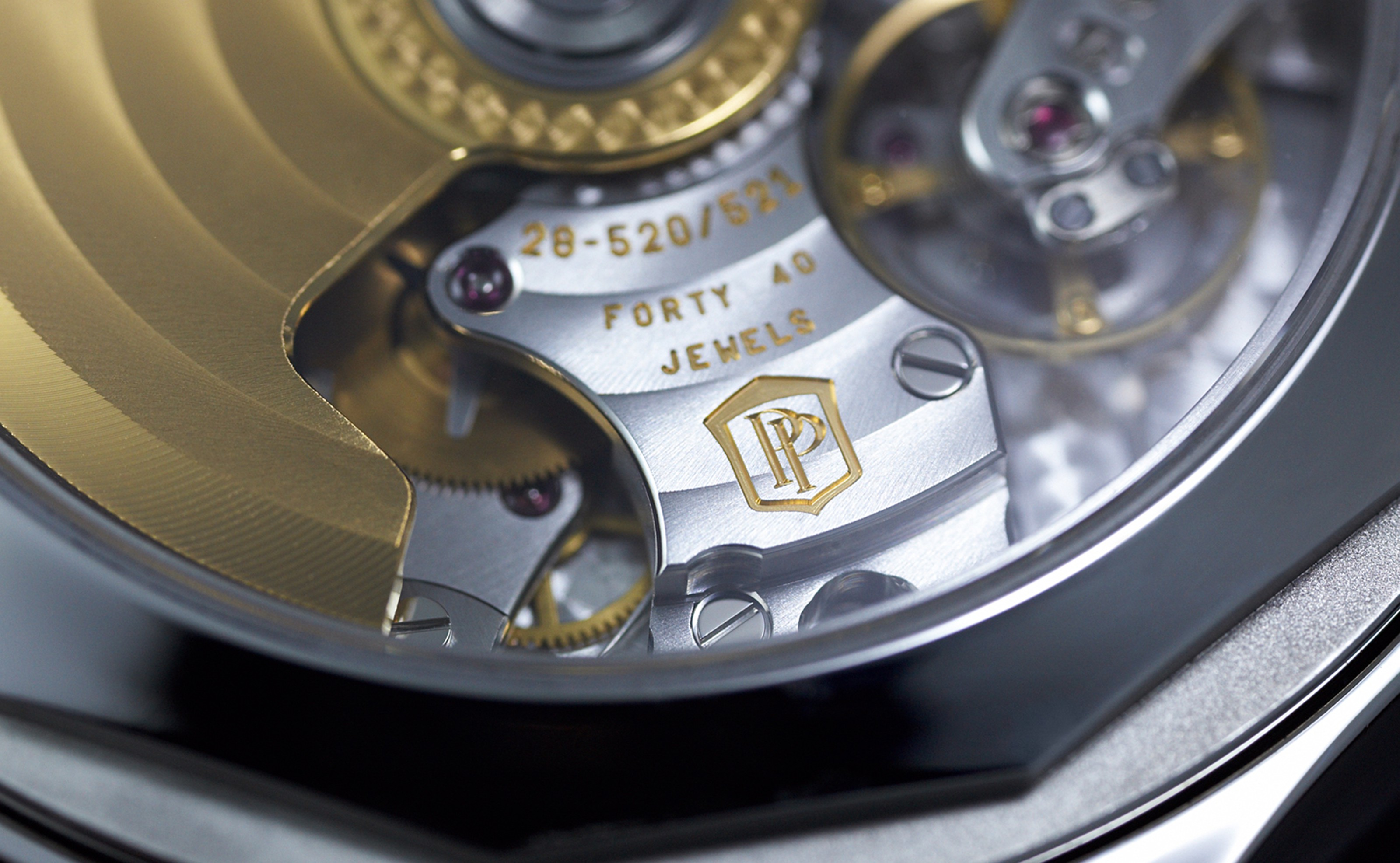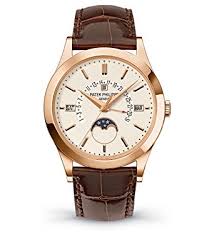The world of watches is so multifaceted and diverse that even a journey into the realm of accessory details becomes fascinating. Today, we will take a closer look at the clasps on wristwatches, which are designed to help the bracelet or strap secure these precious pieces on our wrists. Watchmaking masters, of course, did not miss the opportunity to turn the clasp into a design and image masterpiece that subtly showcases the brand. They also developed fastening mechanisms so unique that a branded clasp has become a recognizable and authentic signature of a particular manufacturer or model. Bright examples of such solutions include the clasps of bracelets from world-famous companies such as Rolex, Audemars Piguet, Vacheron Constantin, Patek Philippe, Richard Mille, Tag Heuer, Chopard, Franck Muller, Zenith, Tudor, Breitling, Corum and others.
⚙️ Functions of clasps
At first glance, the subtitle may seem strange - after all, the main purpose of a clasp is obvious. Not at all! Entire departments in watchmaking manufacture work on the development of their own fastening mechanisms. For example, thanks to structural features, a clasp can allow for adjusting the length of the bracelet. Its upper link often has several holes, one of which contains a pin or another locking element. By pressing the protruding part of the link, this element can be removed and then reinserted further or closer to the buckle, thus giving the bracelet the required size.
Another special device integrated into the bracelet structure is the so-called diver’s extension, activated by pressing a dedicated pusher. It helps divers quickly adjust the length of the strap when preparing for underwater use. Such clasps are found on the bracelets of branded watches like Rolex, Omega, Ball, and others.
Each type of clasp construction on watch bracelets has its pros and cons, but the main requirement is convenience, reliability, and protection of the watch itself. The following types of locks are distinguished:
classic buckle;
butterfly clasp;
double folding clasp with safety lock;
hidden clasp;
push-button clasp;
clip clasp.
The most popular material for manufacturing bracelets is metal: stainless steel of various grades, gold, platinum. The clasp must guarantee the owner of a luxury watch not only strength and reliability but also tactile comfort and hypoallergenic properties.
🔒 Types of clasps
The choice of bracelet fastening depends on how easy it is to close and how reliably it secures the watch on the wrist. To make the right choice, experts advise:
consider your lifestyle, how active or unpredictable it is;
take into account the age of the owner - for older people, snapping a bracelet shut can be difficult;
pay attention to tactile comfort, possible allergic reactions, and so on.
Of course, your choice is personal preference. The main thing is that both the bracelet and the clasp perform their functions while matching visually and stylistically with your watch. That’s why, when buying luxury accessories, it’s best to choose them with an integrated bracelet.
Classic clasp
This is the most popular option, also known as a tang buckle. Such a clasp can be oval or rectangular in shape. It is reliable, durable, and may even outlast not only the strap but also the bracelet itself if replaced. The only downside is that it can be difficult to fasten without help, especially for people with joint problems. In addition, on leather straps, this clasp gradually deforms the hole where the tang pin is inserted.
Butterfly clasp
A variant that adds even more elegance to refined watches. Its main advantages are ease of use and reliability: such a clasp will not accidentally come undone. The mechanism works like butterfly wings unfolding. There are two types: without side buttons and automatic. In the second case, special pushers are used. However, due to the lack of additional safety locks, the fixation may be less secure.
Deployant clasp
This clasp was invented by French watchmaker Edmond Jaeger in the early 20th century. It is widely used in sports and tactical models because it includes safety devices that prevent the watch from opening accidentally. It never fully opens but rather extends, allowing the watch to be put on and taken off easily. The disadvantage is some bulkiness, which may not flatter slimmer wrists.
Folding clasp
Also known as a sliding clasp, used exclusively on metal bracelets. A key feature is the ability to adjust the length of the bracelet since the clasp can slide along it. Advantages include size versatility and high reliability.
Clip clasp
Structurally similar to the butterfly clasp, but smaller - it is almost invisible on the bracelet. It features a locking mechanism, sometimes even double, which is especially important for expensive watches. For premium models, clasps are made of the same material as the bracelet itself: gold, platinum, ceramic, or titanium. The downside is potential discomfort on thin wrists.
Magnetic clasp
A very convenient and visually striking option that works on the principle of magnets. Usually installed on mesh metal straps. The only drawback, over time, the magnet’s strength may weaken, and the clasp will stop securing the watch properly.
For those who prefer unconventional solutions or cannot find a bracelet that fits their wrist, elastic bracelets have been invented, stretching like a glove. A separate mention deserves the clasp from Bulgari’s Serpenti collection. It does not require a lock at all, since the bracelet coils around the wrist like a snake on a branch.
As we can see, the variety of bracelet constructions and clasp types makes it possible to choose the ideal option for everyone, depending on outfit style, comfort, and personal preferences.



